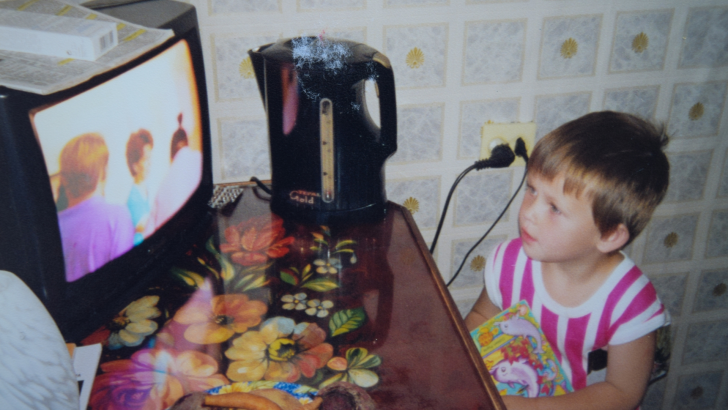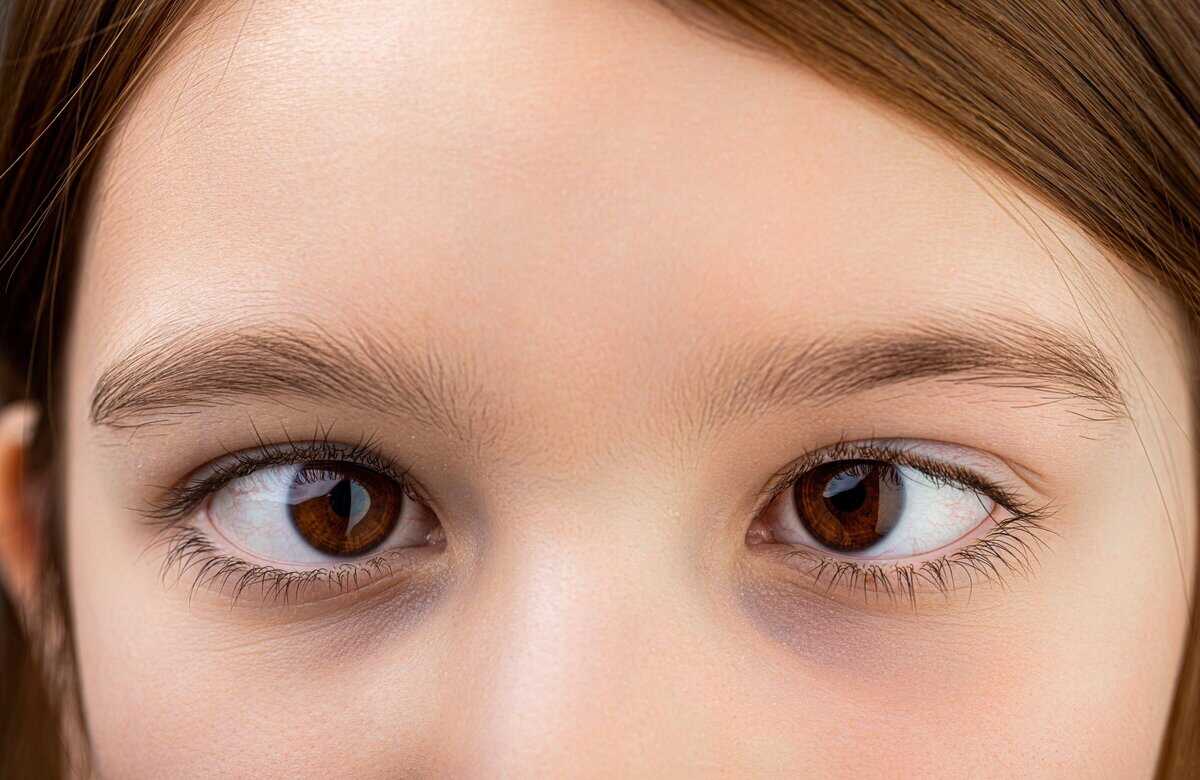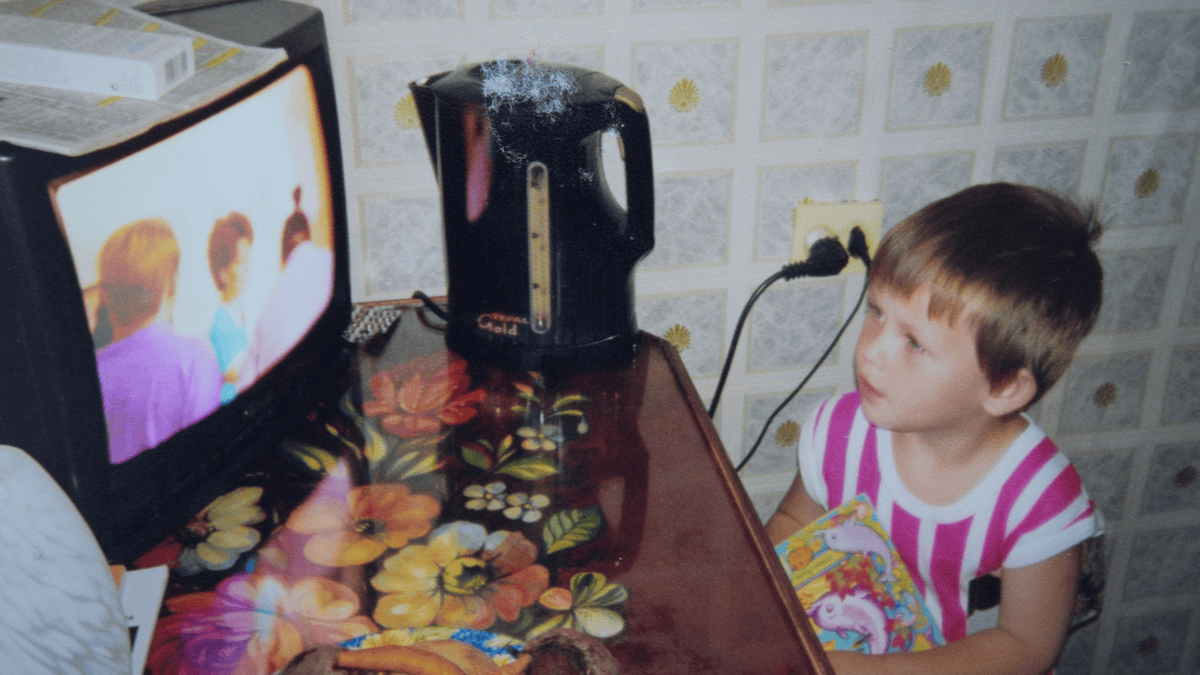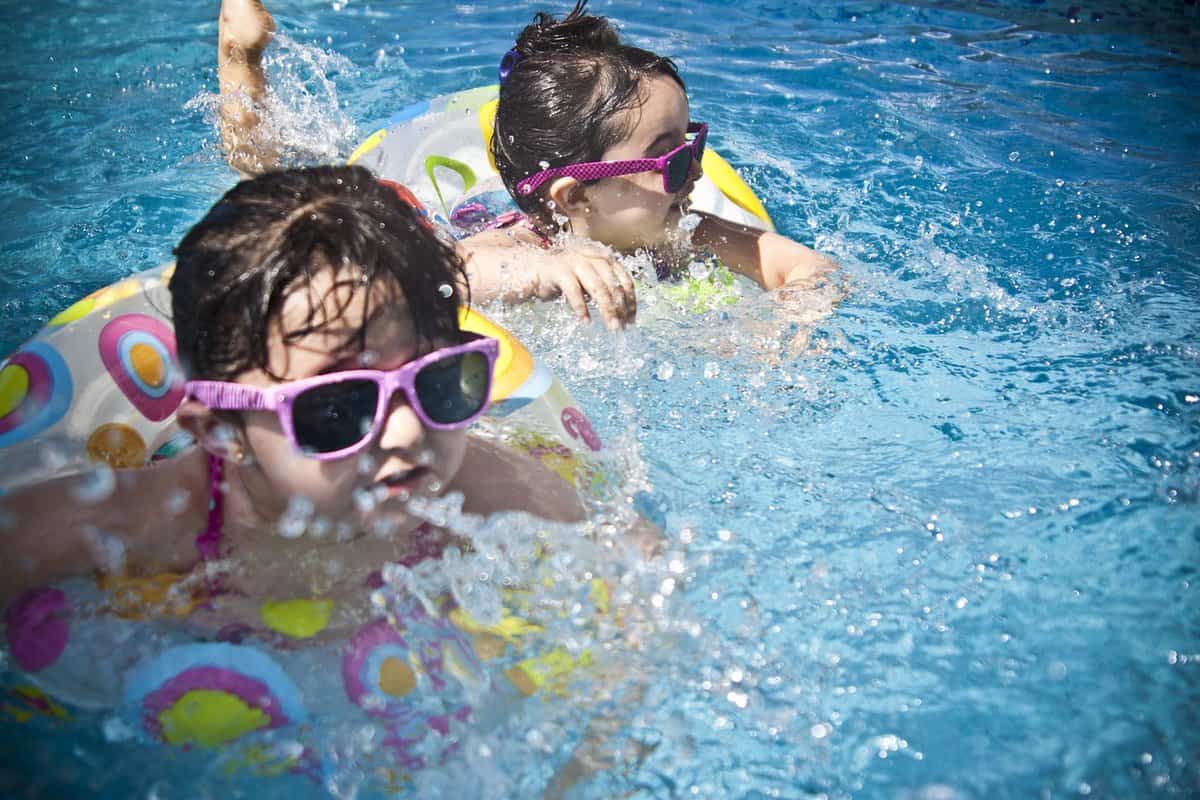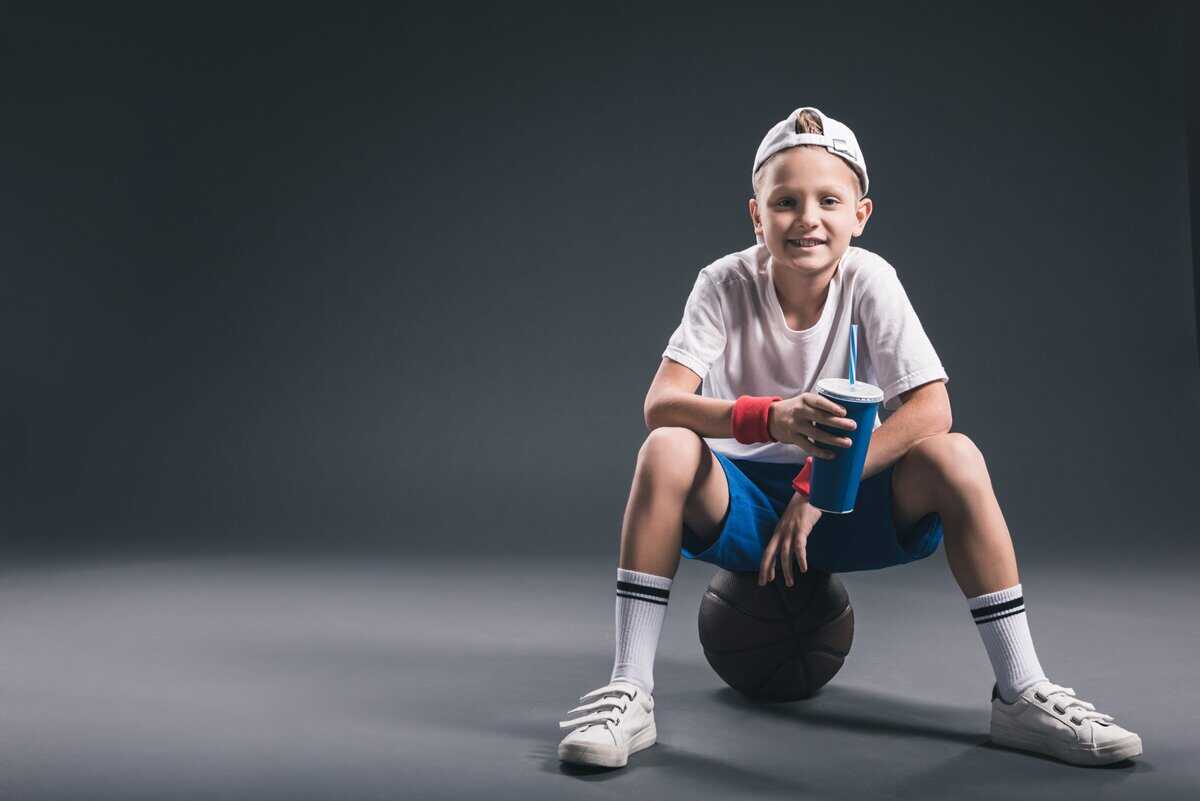If you were a child in the ’80s and ’90s, you probably heard many myths that were supposed to scare you or stop you from doing certain things.
Some may still linger in your mind, and you may remember them from time to time as a fun reminder of your childhood innocence. However, some people still believe these myths because they never had time to question them.
Here are some of the most popular myths from the ’80s and ’90s, debunked.
Eating Watermelon Seeds Would Make One Grow in Your Stomach
Many kids from the 1980s and 1990s thought that eating watermelon seeds would sprout a vine in their stomachs, and parents used this idea to prevent kids from swallowing seeds or making messes.
Even as adults, some people pause before biting into seeded watermelon because the concept is strangely familiar. It stuck because the concept tapped into imagination and speculation about how something grows.
Nowadays, we know that swallowing seeds has no effect, but the concept remains as a cheerful reminder of childhood and of the little fears we incorporated into our lives without question.
If You Cross Your Eyes, They’ll Get Stuck That Way
This myth was told over and over to discourage children from making silly faces. Many people stop to consider crossing their eyes because of the voice of their mother, father, or aunt coming back into their memory.
The idea was effective because it seemed plausible: crossing one’s eyes was a bit painful and could result in their eyes getting stuck, and it could ring true since any concentrated task involving one’s eyes seemed serious.
In reality, eyes eventually return to their normal position, and parents used the myth as the quickest way to call children to more civilized manners.
Gum Stays in Your Stomach for Seven Years
Most kids in the ’80s and ’90s heard that if you swallowed gum, it would stay in your stomach for seven years.
Although false, it was a fast rumor, adding some mystique to an otherwise casual act. Children envisioned GumGlue adhering to their insides, held captive for years.
Today, we know the body processes gum like any other food, but the myth still seems so ingrained in our past. In fact, many adults will not swallow gum, simply out of habit.
The Floor Is Lava Was More Than a Game
Kids would turn living rooms into hazardous environments with the rule that as soon as you touched the floor, you had “burned.” Though it would be a game that was mostly staged, I would bet some kids actually believed that these certain surfaces were unsafe as they played.
What kept that myth alive revolved around fear, adventure, and creativity. Even as adults, some still don’t step on a particular tile.
It just shows how much imagination can really create a fantastic imprint on your mind, even when logic is involved.
Lightning Would Strike If You Used Electronics During Storms
Parents in the ‘80s and ‘90s told kids to turn off TVs, computers, or radios during storms, warning of the possibility of being struck by lightning.
Parents were partially grounded in this fact, but it was not quite as serious as such myths would have us believe. Regardless, kids adopted that fear.
Even to this day, certain adults unplug appliances when they hear thunder. The myth endured, partly because a storm felt like an intense event, and taking action relieved some anxiety.
Swimming After Eating Would Make You Sink
Parents often said kids need to wait 30 minutes after eating to swim or risk cramping and drowning. Mild cramping could happen, but the dramatic implication was exaggerated.
The myth was simply a way for parents to make kids rest after eating. Many adults pay attention and feel hesitant to swim right after a meal, even though the rule is arbitrary.
This premise lived on because it was a blend of caution and the convenience of parents and became a “truth” perceived as too genuine to question as a child.
Pop Rocks and Soda Could Make You Explode
This myth gained popularity in the 1980s and 1990s, especially amidst rumors that a famous mascot had died after mixing Pop Rocks with soda.
Children truly believed that mixing the two caused a dangerous or explosive reaction in their stomachs. In reality, the combination is harmless, but the fizzing and popping action made the storyline believable.
Even to this day, some adults would not dare drink the mixture and always mention the “danger” of mixing Pop Rocks and soda. It demonstrates how quickly fear spreads (and remains) based on childhood storytelling.
Born and raised in Bosnia and Herzegovina. Ever since I was a little girl, my imagination knew no bounds. I remember vividly how I’d scribble down short stories, each page bursting with adventures and characters conjured up from the whimsy of my mind. These stories weren’t just for me; they were my way of connecting with my friends, offering them a slice of my fantasy world during our playtimes. The joy and excitement on their faces as we dived into my fictional realms motivated me to keep writing. This early passion for storytelling naturally evolved into my pursuit of writing, turning a childhood hobby into a fulfilling career.

